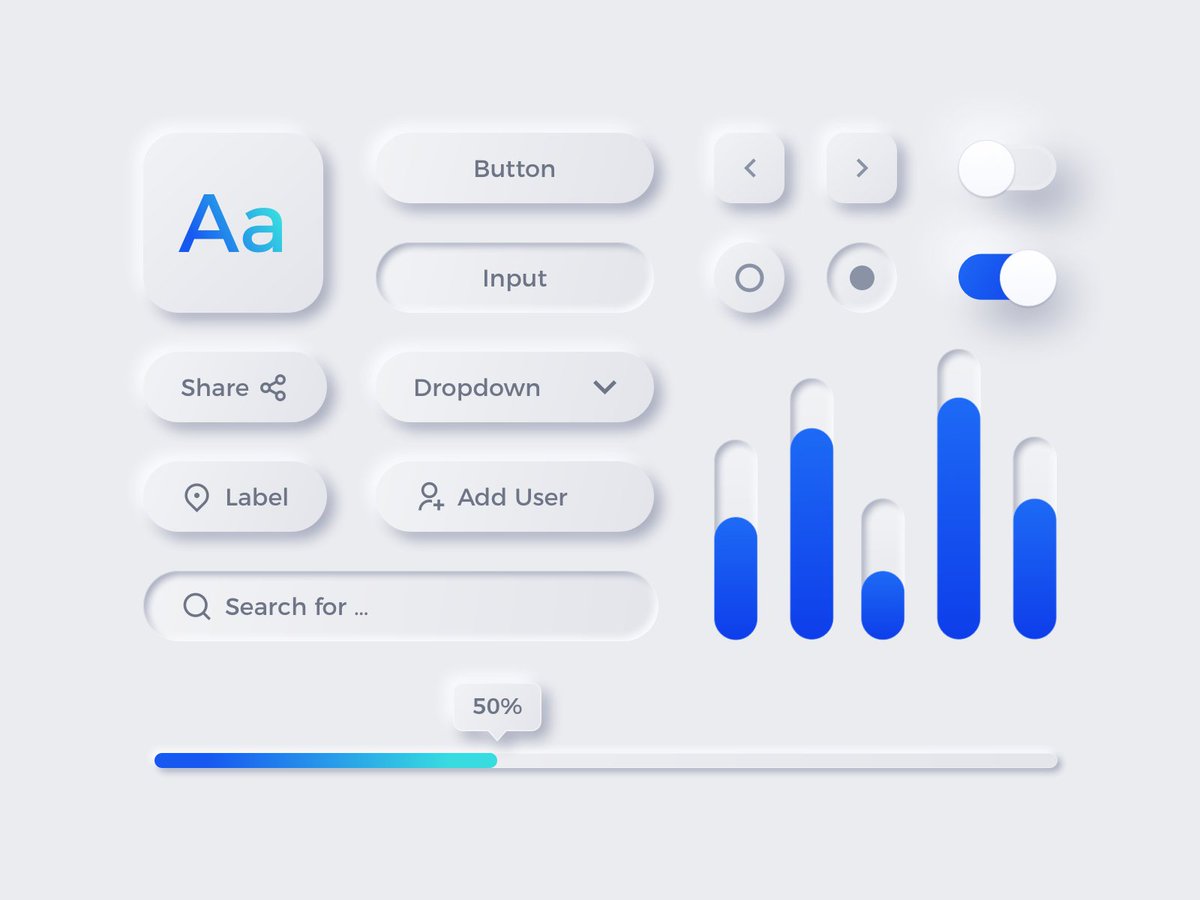
"Empowered" teams are often like "agile" teams or "flat orgs" - the term is used as a feint to stand instead of the capability, rather than to signify it.
They have the same logic: an executive team who wants to mollify the workers, but doesn't want to give up their control (because they are still under the illusion that certainty is possible).
You are empowered to do anything you like, so long as it's what we tell you.
You are empowered to do anything you like, so long as it's what we tell you.
"We are design driven" = the executive team decided what they wanted the designers to do, then did a "design thinking" workshop to make themselves feel good about it
Even scrum was supposed to be like this, before being tech-gentrified
https://twitter.com/jeffpatton/status/1442483720225579023?s=20
• • •
Missing some Tweet in this thread? You can try to
force a refresh





